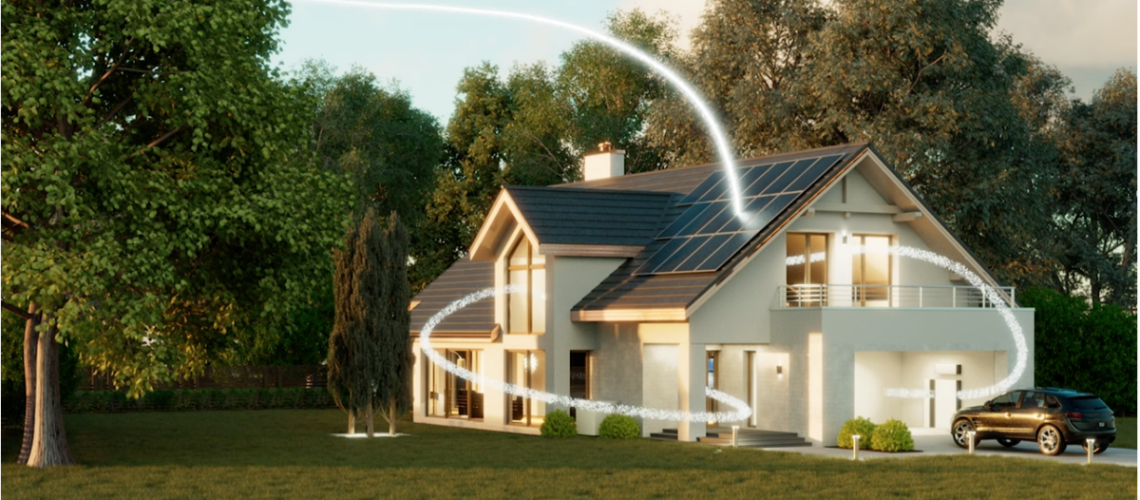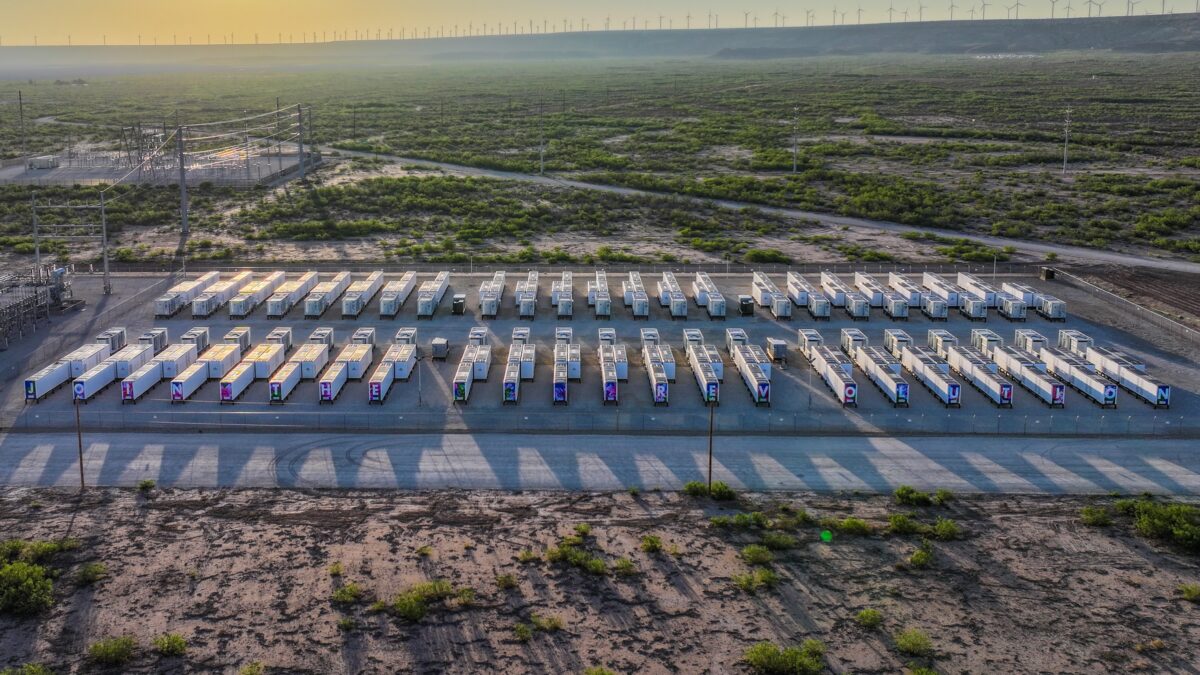Exploring California’s energy transition with the help of alternative battery technologies.
California has recently introduced a new net metering policy known as NEM 3.0. This policy is designed to help the state achieve its 2045 goal of a 100% clean energy grid by encouraging the installation of solar panels and energy storage systems in homes and businesses. One of the key features of NEM 3.0 is the inclusion of batteries in the net metering program, which means that homeowners can now store excess solar energy during the day and use it at night when the sun is no longer shining.
This is a significant development, as it allows for the creation of virtual power plants (VPPs). A VPP is a network of decentralized energy sources, such as solar panels and batteries, which are connected and managed through a central control system. There are several types of VPPs, including those owned and operated by utilities and those owned and operated by third-party aggregators.
VPPs in use and the benefits
The U.S. Inflation Reduction Act, which includes incentives for electric vehicles (EVs), solar panels, and home batteries, has energy experts anticipating that VPPs will see significant growth in the United States soon. An example already in operation is the Tesla VPP in California. Currently operating in select communities, this particular VPP aggregates residential solar panels and battery storage systems to form a distributed energy resource (DER) network that can provide grid services such as frequency regulation and capacity.
Working with local utility Pacific Gas and Electric, Tesla launched another new program that pays eligible Powerwall owners to provide extra electricity to the grid when it’s vulnerable to blackouts. The Tesla VPP is one of several networks developed by technology companies and is expected to play a vital role in California’s transition to a more flexible and renewable energy grid.
The benefits of using VPPs as part of a clean energy grid include:
- Reducing the need for new infrastructure, as they can provide a more adaptable and resilient source of electricity
- Lessening greenhouse gas emissions by integrating renewable energy sources into the grid
- Providing a more stable and reliable source of electricity, delivering backup power in the event of an outage
Leaving lithium-ion batteries behind
Despite the many advantages of VPPs, placing battery systems into millions of homes could have unintended consequences. While lithium-ion batteries are used in most current energy storage systems, they come with high costs and safety concerns. If they get too hot or experience an internal short, lithium-ion batteries can begin a process called thermal runaway. The batteries can vent toxic gases such as hydrogen fluoride and even catch fire. These fires can be difficult to extinguish and are a growing cause of structure fires in cities such as New York and Mumbai.
Hundreds of thousands of home storage systems will have to be installed for VPPs to make a meaningful contribution to tomorrow’s grid. Still, the fear of fires could stop any momentum before it has a chance to build.
A clean grid future
Scientists and startups worldwide are creating new battery technologies that are safer and more reliable than traditional lithium-ion batteries. Several innovators are working hard on lower-cost, non-lithium battery options for utility-scale, long-duration storage, keeping non-flammable and non-toxic solutions at the forefront.
Implementing NEM 3.0 and including batteries in the net metering program represent a significant step toward achieving California’s clean energy grid goal. Creating VPPs using decentralized energy sources will revolutionize how society produces and consumes energy. But finding alternative battery technologies with fewer risks and at a lower cost than lithium-ion is imperative, and the success or failure of VPPs will likely depend on convincing homeowners and businesses that there are alternatives.
Mukesh Chatter is the president, CEO and co-founder of Alsym Energy, a battery technology company developing high-performance, low-cost batteries to enable a zero-carbon electrified future for all. He is a successful serial entrepreneur with a track record of developing advanced technology products and leading startups from launch to success. Mukesh co-founded Nexabit Networks, a terabit switch/router company, and led the company as CEO until its acquisition by Lucent Technologies. After the acquisition, Mukesh served as the vice president and general manager of IP Products at Lucent. Mukesh also co-managed NeoNet Capital LLC, an investment firm focused on funding out-of-the-box, innovative ideas.






